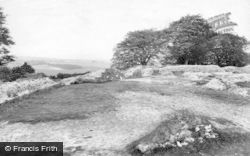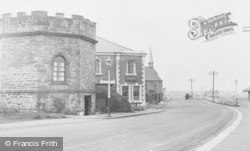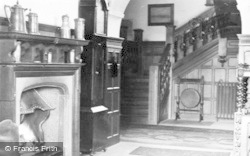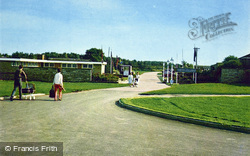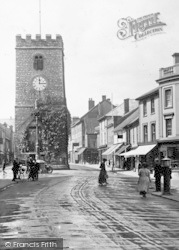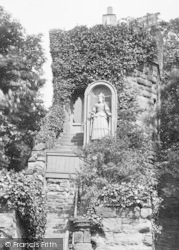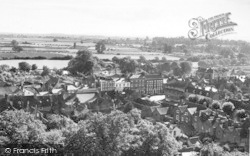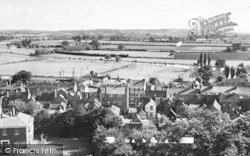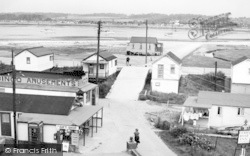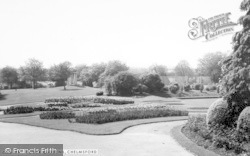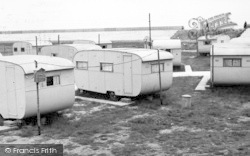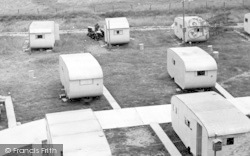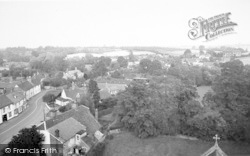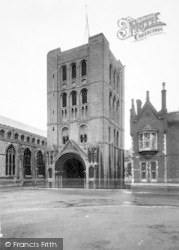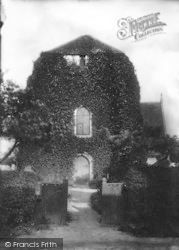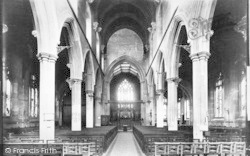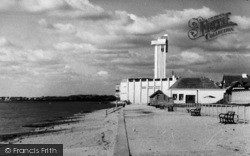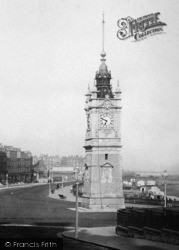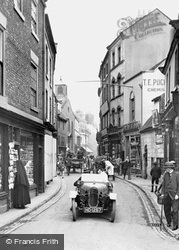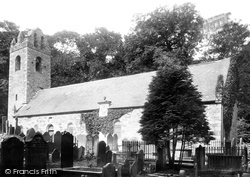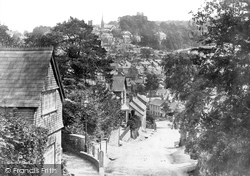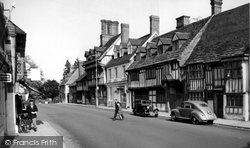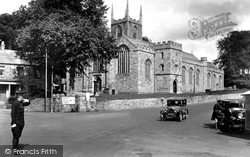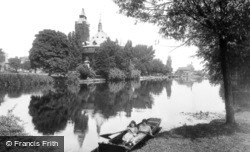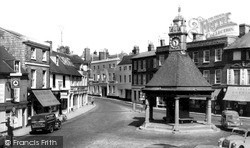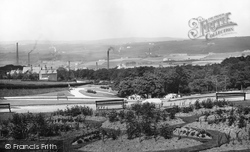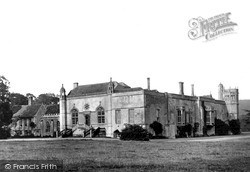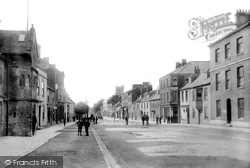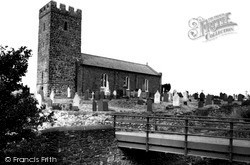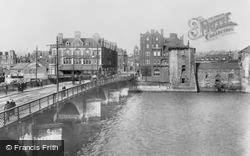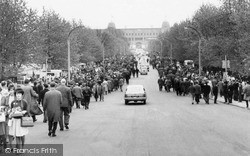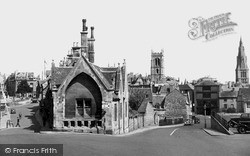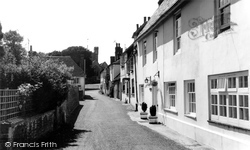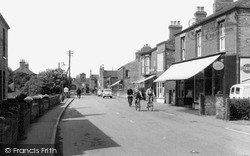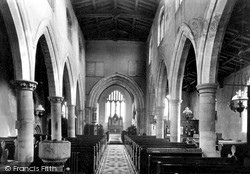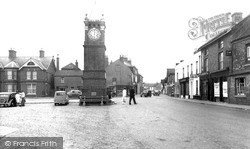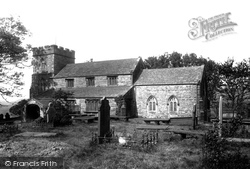Places
36 places found.
Those places high-lighted have photos. All locations may have maps, books and memories.
- Poplar, Middlesex
- Bow, Middlesex
- Bethnal Green, Middlesex
- Stepney, Middlesex
- Alton Towers, Staffordshire
- Isle of Dogs, Middlesex
- Limehouse, Middlesex
- Spitalfields, Middlesex
- Barjarg Tower, Dumfries and Galloway
- Bromley, Middlesex
- Stratford Marsh, Middlesex
- Tower Hill, Merseyside
- Tower Hill, Essex
- St George in the East, Middlesex
- Wapping, Middlesex
- Globe Town, Middlesex
- Old Ford, Middlesex
- Cubitt Town, Middlesex
- Tower Hill, Cheshire
- Tower Hill, Surrey
- Bow Common, Middlesex
- Mile End, Middlesex
- Millwall, Middlesex
- Ratcliff, Middlesex
- Warmley Tower, Avon
- Tower Hill, Hertfordshire
- Tower End, Norfolk
- Tower Hamlets, Kent
- Tower Hill, Devon
- Tower Hill, West Midlands
- Blackwall, Middlesex
- North Woolwich, Middlesex
- Hackney Wick, Middlesex
- Shadwell, Middlesex
- South Bromley, Middlesex
- Tower Hill, Sussex (near Horsham)
Photos
2,720 photos found. Showing results 2,221 to 2,240.
Maps
223 maps found.
Books
1 books found. Showing results 2,665 to 1.
Memories
637 memories found. Showing results 637 to 637.
Captions
3,036 captions found. Showing results 2,665 to 2,688.
The bell tower of St Ninian's Church is just visible in the centre, and the nun on the left could well have been from either of the two convents in the town.
A tower and spire were added in the 1880s, though the spire was eventually removed after suffering storm damage.
To the left is the tower of St Mary Magdalene.
To the left is the tower of St Mary Magdalene.
Cartmel Priory has been a tourist attraction for a long time, partly because of its belfry, which is constructed diagonally across the tower below.
Swithun, a Bishop of Winchester from 852 to 862, this imposing structure, dating from the 1790s, stands on the site of an earlier church that had been reduced to ruins by the collapse of its tower
The tower is almost hiding behind the body of the church. The embattled south porch has two upper floors for priest's chambers.
As well as a theatre, there was a library of rare Shakespearean books, and the view from the tower was highly recommended.
The Clock Tower pub on the extreme left is now called Broadways, while next door to it A W Luff is now a post office and convenience store.
Built of local brick with wide stone viewing balconies, it is modelled on the bell-tower of St Marks Square in Venice, and it took fourteen years to build.The River Darwen (a Celtic name) is only 15
It was given a more ornate entrance building in the 1860s, including the tower.
Sharington's Tower (right) was the strong room for valuables, and its ornamented balustrade is noteworthy.
On the west side, between the figures and the church tower, is the establishment of draper and milliner Ernest Benjamin Hobbs.
This type of mill predates tower and smock mills, utilizing the simple principal of following the wind by revolving the body of the building round a fixed central post.
The church tower was built during the 14th century, but the nave was completely rebuilt during the 18th century; it is more like a chapel interior, with a big open space lit by large windows.
Note also the sign for the Castle Hotel just visible to the right of the castle tower. The hotel has since been demolished.
The twin towers have been an inspiring sporting symbol since the stadium was built in 1923 as part of the British Empire Exhibition.
The church with the tower is St John's. Stamford is classed as the best stone-built town in England.
The church of St Margaret was rebuilt in 1852 and has a tower dating from 1507, which is just visible through the trees. The Pigeon House is a medieval yeoman's house.
At the junction is the tower of the former Board Schools, built in 1872; the building to its right was demolished in the 1960s for junction improvements.
The excellent west tower was built in 1649.
The buildings have not changed in fifty years - except that no one can remember the clock tower (built in 1899) not having a top to it!
Here it is seen from the grounds, looking northwards, with the church tower beyond.
The church was rebuilt in 1512, and major restorations were carried out in 1859, when the chancel was rebuilt and the tower and belfry were added.
Places (38)
Photos (2720)
Memories (637)
Books (1)
Maps (223)


